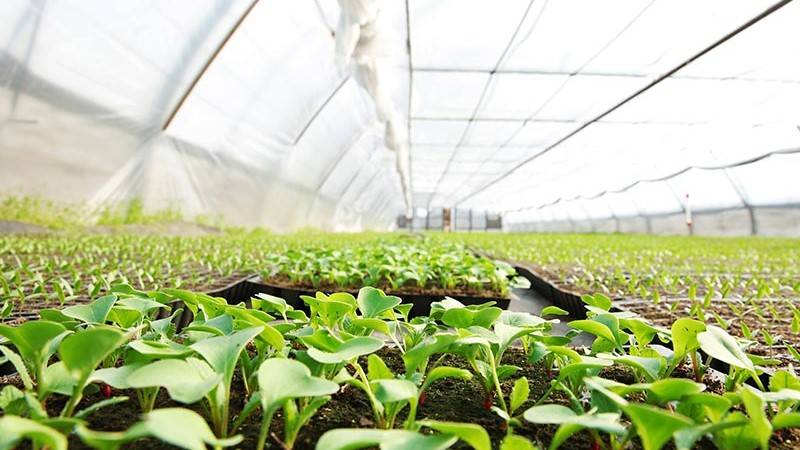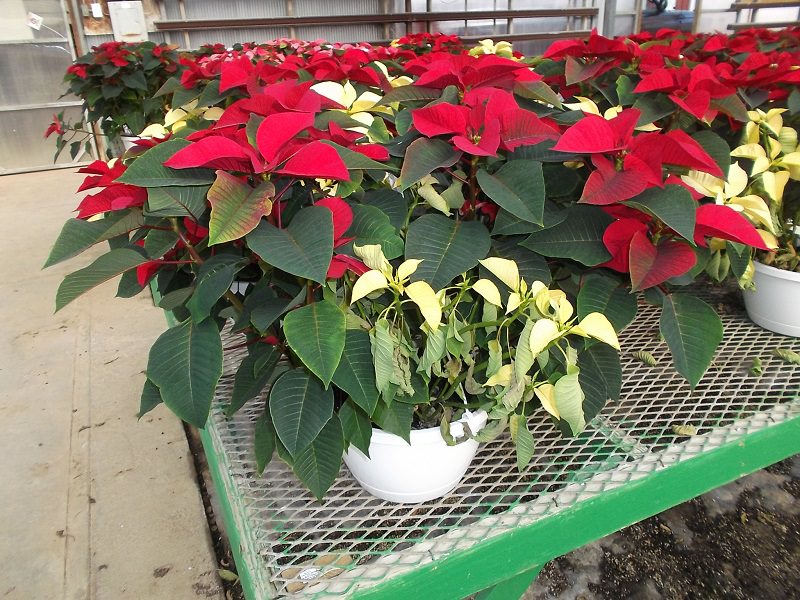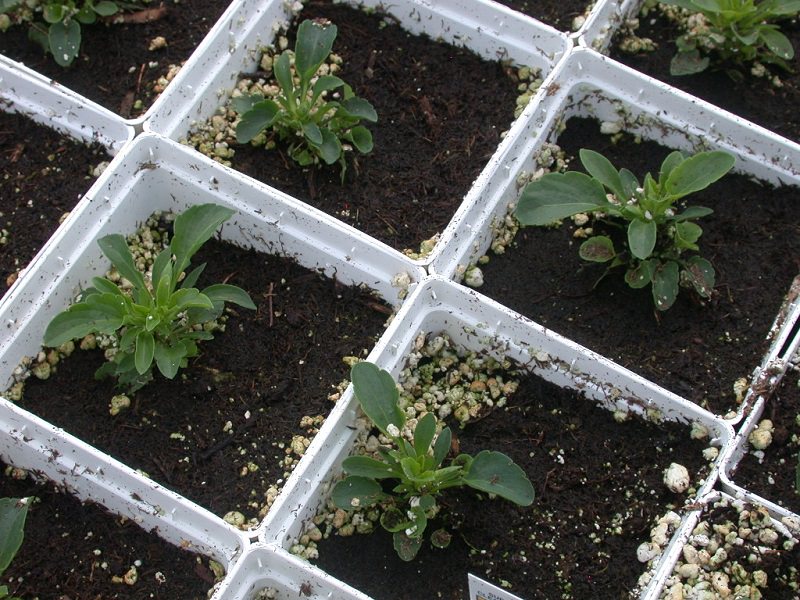How Substrate Structure Influences Water Holding Capacity


A high-quality plant starts with a healthy and strong seedling or cutting. When choosing a substrate to sow seed or to root cuttings, growers often wonder which substrate to use. Choosing the right substrate not only depends on the physical properties of the substrate, but also on the type of plants to be grown, the growing environment and the availability of the substrate.
Substrate is comprised of a large number of particles. The particle size distribution defines the substrate's texture. Components such as peat moss, perlite, vermiculite, bark, coir, wood fiber, sand, etc. have particles of different shapes (granular, blocky, prismatic, platy or massive), and the size can be coarse, medium or fine. The size of the particles depends on the nature of each component. The structure of a substrate is determined by the way in which the particles are arranged in the substrate.
Terminology
When blending a growing medium, the various particles pack together, leaving voids which can be classified as macropores or micropores. Macropores are large pores formed between large particles that readily release water, thereby decreasing water holding capacity, and serve as an air reservoir for root respiration.
Micropores are the small pores formed between small particles, and with the adhesive and cohesive forces of water, it remains in the micropores, contributing to the available water holding capacity and unavailable water holding capacity of the substrate (see terminology table for meaning of these terms). Micropores serve as a reservoir for water and nutrients when the plant needs them. A substrate with fine particle sizes generally retains more water than a substrate with coarse particles.
Young Plant Substrates
For seed germination or cutting production, it is important to use a substrate with fine particles that creates high water holding capacity not only because water is needed for seed germination or for root formation on cuttings, but they are often grown in cells with a small volume of substrate. Substrates with finer particles have lower air porosities, but within the category of germination and propagation substrates, water holding capacity and air porosity can vary.
Transplanting Substrates
Once the plugs or liners are of sufficient size, they are transplanted into larger containers. Some crops can be in these large containers for several months, much longer than in the plug or liner stage. So it is important that the substrate’s structure and stability changes little during this crop cycle, which would affect the water holding capacity and air porosity.

Take a poinsettia crop for example. This long-term crop usually struggles with root disease towards the end of the crop cycle because the structure of some substrates has detrimentally changed (Figure 1). Regardless of the season, crop and type of plants, the structure and the stability of the substrate is compromised through loss of air porosity and increased unavailable water holding capacity.
This is due to frequent waterings (drops hitting the substrate's surface can cause compaction - Figure 2), saturation of the substrate (meaning it does not dry out rapidly), slow absorption of water by the roots and slow root growth (both due to decreased air porosity and increased unavailable and possibly available water holding capacity). Also, the natural biological or chemical degradation of substrate components creates fine particles.

Importance of Substrate Structure
As mentioned, the structure of the substrate will change overtime: collapsing of the macropores from watering compaction, natural decomposition of the substrate particles, and mechanical damage of growing medium particles due to root growth. The last two create fine, broken particles which settle between and within macropores, reducing the number of macropores.
This results in a decrease of available water holding capacity, air porosity and drainage, whereas unavailable water holding capacity increases and the dry-out time between waterings is going to be slow. As a result, it is very important to choose a substrate that will maintain its structure and stability throughout the duration of the crop.
Substrate Texture’s Influence on Water Holding Capacity
Finally, the structure and the texture of the substrate have a great influence on the water holding capacity. As mentioned before, the water content will depend on the type of pores in the substrate. A substrate with a single pore size will release all the water at certain negative pressure or suction. Therefore, it is recommended to use a substrate with different pore sizes to release the water at different negative pressures.
In a substrate composed of small particle sizes, like humus, the water holding capacity will be high. However, the high water holding capacity of the substrate does not mean that more water will be available for the plant. The water held by these small particles is highly attached to them and the plant will need more energy to obtain it. In addition, root respiration and plant growth will be negatively affected.
In conclusion, a substrate with fine particles is not recommended for container production because fine substrates retain more water than a coarse substrate due to capillarity. In addition, air porosity and drainage will be limited. If a coarse substrate is used for small cells, the water content will be low, the drainage and the air porosity will be high, and therefore, frequent waterings will be required.
- Water Holding Capacity – the volume of water retained by a saturated growing medium after it is allowed to drain.
- Available Water Holding Capacity – the portion of the water that makes up water holding capacity and that is available to plant roots.
- Unavailable Water Holding Capacity - the portion of the water that makes up water holding capacity and that is unavailable to plant roots.
- Air Porosity – the volume of air retained by a saturated growing medium after it is allowed to drain.